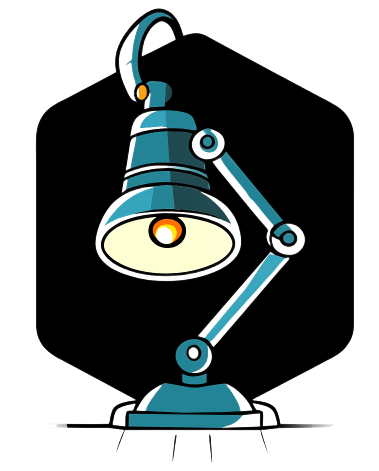To find Outlook on Windows 7, follow these steps:
- Click on the Start menu.
- Select All Programs.
- Look for the Microsoft Office folder.
- Open the folder and locate the Outlook application.
To download Outlook for free on Windows, follow these steps:
- Click on the Download button on the Office website sidebar.
- Choose Get Office.
- Click on the Try for Free for a Month link.
- Click on the Try for Free for a Month button again.
- If you already have an account, sign in and click Next.
Microsoft considers Outlook.com, hotmail.com, live.com, and msn.com accounts as Microsoft accounts.
To manage multiple email addresses using Gmail, follow these steps:
- Sign in to your main Gmail account.
- Click on the gear icon in the top right corner.
- Select Settings from the dropdown menu.
- Go to the Accounts and Import section.
- Choose to Add another email address.
To add or remove an account in the Gmail app on Android devices, follow these steps:
- Open the Gmail app on your Android phone or tablet.
- Tap on your profile picture in the top right corner.
- Select Add another account.
- Choose the type of account you want to add.
- Follow the on-screen instructions to add the account.
To add a new email account in Windows 10, follow these steps:
- Choose Start and type Mail.
- Select an app from the results.
- The initial screen will appear when you open the Mail app.
- Click on Add account.
- Choose the type of account you want to add.
The Mail app in Windows 10 is simple to use. When you open the app for the first time, you just need to enter the usernames and passwords for the accounts you want to set up.
To reset the Mail app using the settings, follow these steps:
- Access the Settings.
- Click on Apps.
- Consider Apps & features.
- Select the Mail and Calendar app from the list.
- Press the Advanced options.
- Then, click the Reset button.
Gmail is considered the best web-based email service for those who want full integration with Google services and products. Gmail is available as a mobile app for Android and iOS/iPadOS, allowing you to manage all functions directly on your mobile device.
